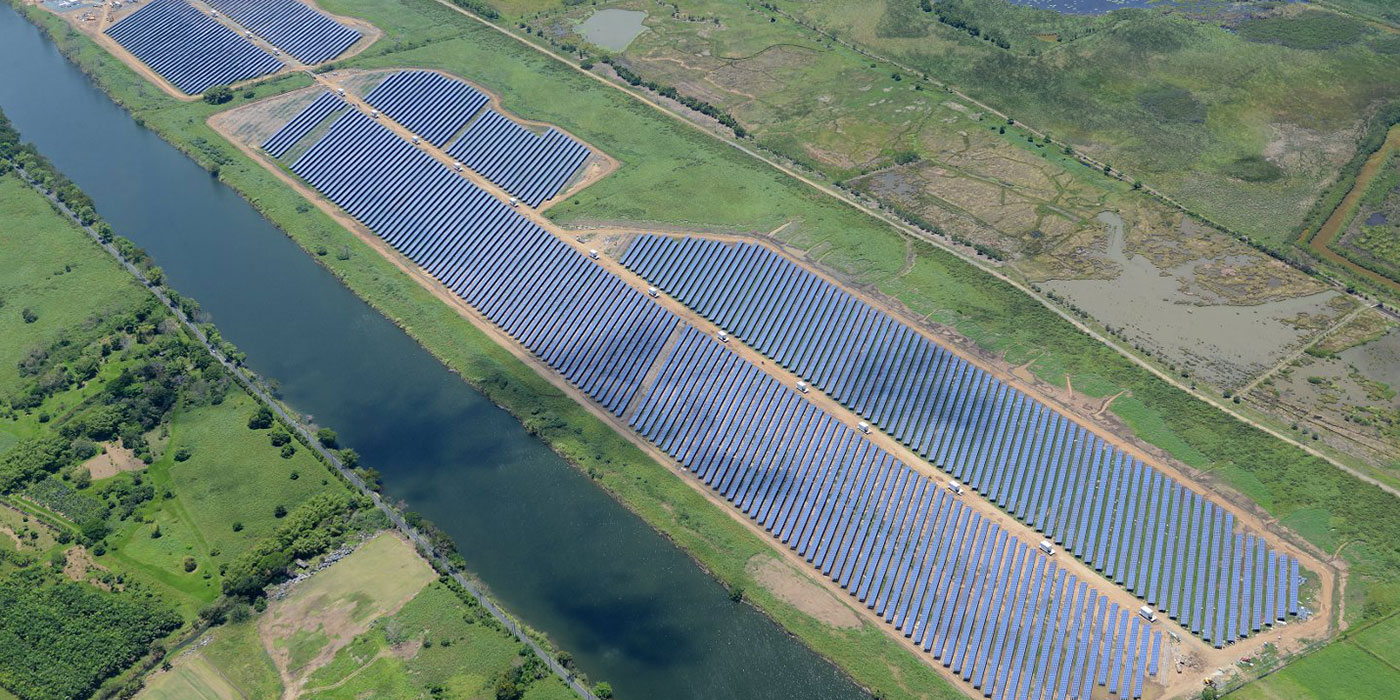The complexity of the project that survived a hurricane

In 2017, Hurricane Maria, a category 5 hurricane, devastated the island. However, the San Fermín solar project withstood the disaster, becoming a possible prototype for the future of solar energy under similar circumstances.
The Loiza region, east of San Juan, is regularly hit by hurricanes, tropical storms and flooding. For this reason, the project, developed in 2012 in collaboration with Uriel Renewables inc. and Coqui Power LLC, was a challenge due to its enormous complexity.
Due to the specific nature of the project and its location, it was necessary to plan design and engineering for the particular climatic conditions of the Caribbean region, which also include a varied diversity of soils. Structures for electrical equipment needed to be raised 2-4 metres above ground level, protected from flooding and also adapted to withstand winds of up to 260 kilometres per hour.
The solar plant was also designed to operate in a difficult electrical environment, with 40% overcurrent, voltage control problems and the need for a backup energy storage system, making it the first photovoltaic project in Puerto Rico to meet the technical requirements of the Puerto Rico Electric Power Authority (PREPA), allowing both active and reactive power regulation.
In addition, the electrical frequency will be adjustable and the voltage can be modulated at the grid connection point to accommodate any sudden fluctuations in solar energy to meet frequency regulation and ramp speed control requirements.
The photovoltaic installation also has, as a unique feature, its own weather forecasting station that allows the plant to be prepared for sudden increases or decreases in sunlight.


 Electrical Infrastructures
Electrical Infrastructures 
 Industry
Industry Gas to Power
Gas to Power